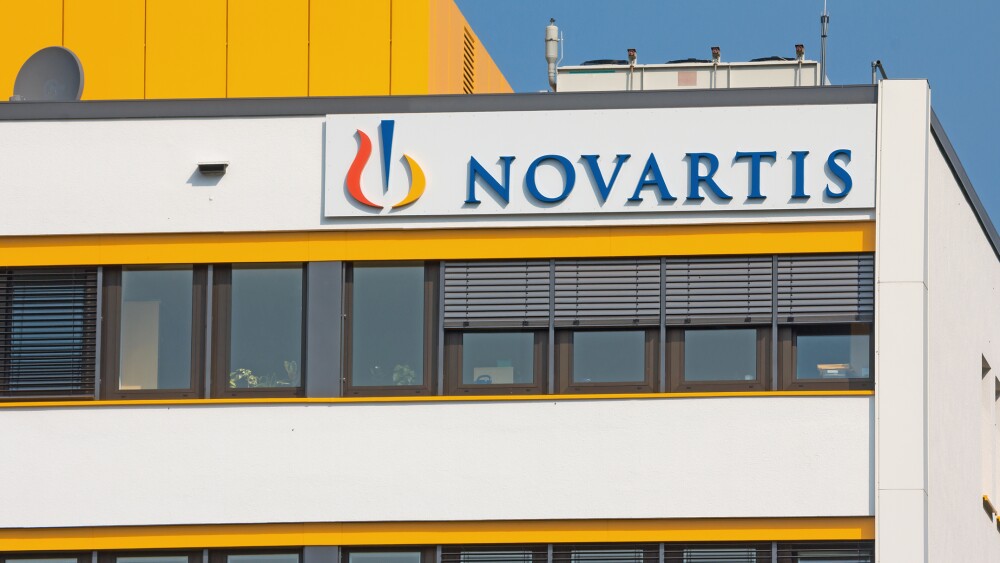In September 2016, the U.S. FDA approved Sarepta Therapeutics’ eteplirsen, now marketed as Exondys 51, for Duchenne muscular dystrophy (DMD). And now, two years later, the European Medicines Agency (EMA) has rejected Sarepta’s application for Exondys 51.
In September 2016, the U.S. Food and Drug Administration (FDA) approved Sarepta Therapeutics’ eteplirsen, now marketed as Exondys 51, for Duchenne muscular dystrophy (DMD). It was a contentious and dramatic approval, one involving internal battles at the agency, media coverage and members of Congress and panels of DMD experts sending public letters to the agency to approve the drug.
And now, two years later, the European Medicines Agency (EMA) has rejected Sarepta’s application for Exondys 51. It wasn’t unexpected. In June, the Committee for Medicinal Products for Human Use (CHMP) at the EMA recommended against Exondys 51.
DMD is a muscle wasting disease caused by mutations in the dystrophin gene. The disease is progressive and typically causes death in early adulthood, with serious complications that include heart or respiratory-related problems. It mostly affects boys, about 1 in ever 3,500 to 5,000 male children.
Sarepta’s application in Europe was built on two clinical trials in 12 boys with DMD between the ages of 7 and 13. The first was a Phase II clinical trial that randomized 12 children to receive Exondys 51 or a placebo weekly over 24 weeks. The primary endpoint was dystrophin production and the assessment of a six-minute walk test. In the trial, there was no significant difference in the walking distance in six minutes between those receiving Exondys 51 or placebo.
Muscular Dystrophy News Today reported in June, “All study participants continued on weekly Exondys 51 treatment the second study, an open-label trial that ran for four years and moved the walk test to a co-primary study objective. Clinical data collected from these Duchenne patients and covering both trials were compared with established DMD natural history data.”
The data indicated that the patients who received Exondys 51 at either 30 mg/kg or 50 mg/kg of body weight had a statistically significant and clinically meaningful decrease in pulmonary function decline. There was also an increase in the amount of dystrophin protein up to 0.44 percent of normal levels after 48 weeks.
However, CHMP, in its negative opinion, expressed doubts about the evidence, especially related to the study’s small size, use of historical data, and lack of comparison data beyond 24 weeks. In their response letter, CHMP wrote, “the methods for comparing results of the main studies with historical data were not satisfactory for showing that the medicine was effective. … further data were needed to show that the very low amounts of shortened dystrophin produced as a result of Exondys treatment bring lasting benefits relevant to the patient.”
And in fact, these were essentially the same controversies within the FDA, specifically the criticisms brought by Ronald Farkas, FDA clinical team leader, who left the agency just before approval, and the agency’s acting chief scientist, Luciana Borio, and Ellis Unger, director of the office of drug evaluation. They were overruled by Janet Woodcock, director of the FDA’s Center for Drug Evaluation and Research (CDER). The final decision went to Robert Califf, then the FDA’s Commissioner, and evidence shows Califf had similar reservations as Borio and Unger, but sided with Woodcock.
As part of the FDA approval, Sarepta had to run a confirmatory and open-label Phase III trial into the drug’s efficacy. This trial is ongoing and expected to wrap up in May 2019. The primary endpoint is improvements in the six-minute walk test after 96 weeks of treatment.
Although the drug appears to cause some improvement in dystrophin levels, whether there are any actual clinical improvements is up for debate, particularly given the degree to which the walk test can be affected by a placebo effect. The lack of dystrophin, caused by mutations in the dystrophin gene, is what causes the muscle wasting that characterizes the deadly disease.
Meanwhile, the drug has a yearly price tag, based on the patient’s body weight, of approximately $300,000.
In response to today’s rejection, Doug Ingram, president and chief executive officer of Sarepta stated, “While largely anticipated, we are disappointed with the outcome of the CHMP re-examination and firmly believe that eteplirsen should be made available to patients in Europe, as it is in the United States. We were, however, encouraged by the openness of discussion with the SAG and CHMP and their willingness to engage on different approaches to provide additional data to support an eventual approval in Europe.”
He goes on to say that the company will continue to work to get the drug approved in Europe.





